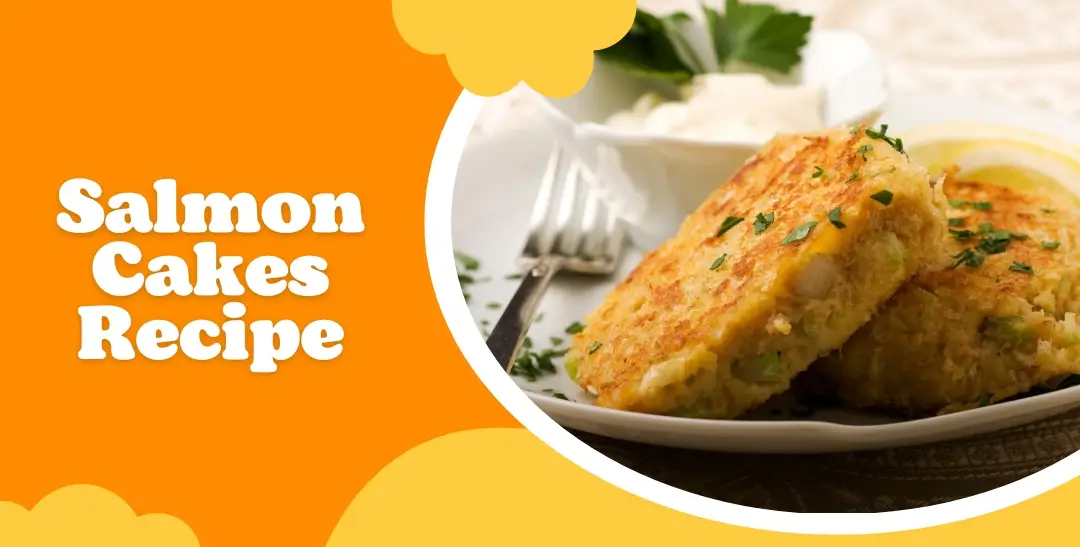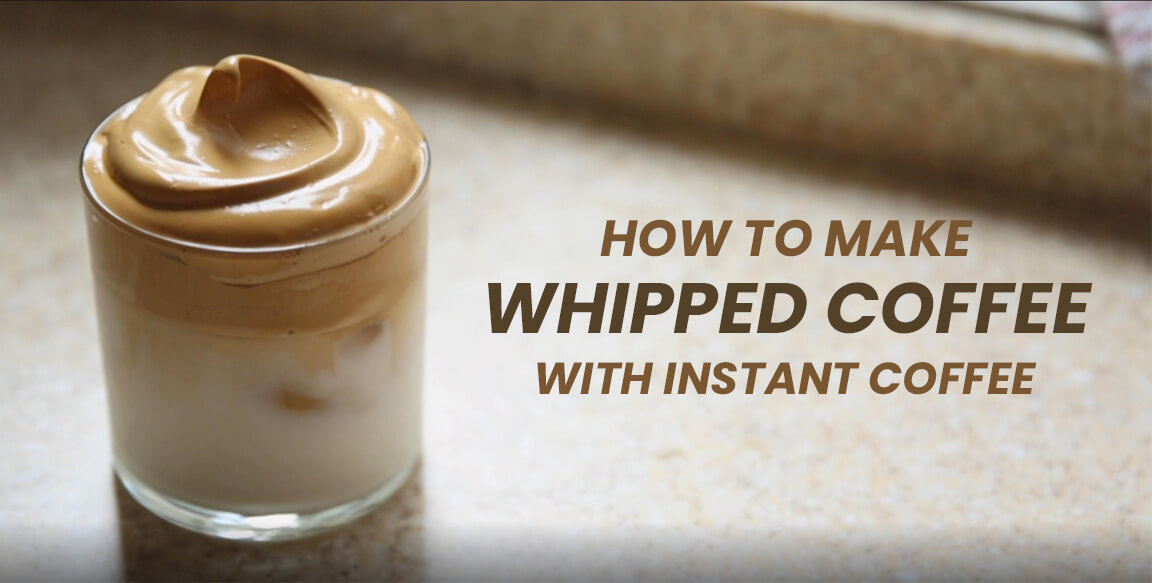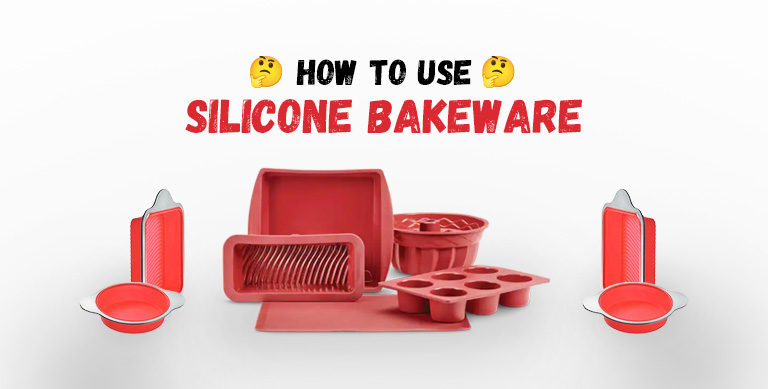
Are you tired of wrestling with sticky, flimsy baking pans that leave your cakes in a crumbled mess? Enter silicone bakeware – the game-changing, flexible kitchen essential that promises to revolutionize your baking experience. From vibrant cake molds to sleek muffin trays, silicone bakeware has become a popular choice for many home bakers due to its non-stick properties and versatile design. But with all the hype surrounding this modern marvel, it’s easy to feel overwhelmed or uncertain about how to use it effectively. Fear not, because in this comprehensive guide on how to use silicone bakeware, we’ll demystify the art of baking with silicone and equip you with all the tips and tricks you need to maximize its potential.
Table of Contents
Exploring the Benefits of Silicone Bakeware
Silicone bakeware has gained popularity in recent years due to its numerous benefits. One of the primary advantages of silicone bakeware is its non-stick properties, which make it a breeze to remove baked goods without the need for greasing or parchment paper. This saves time and effort and promotes healthier baking by reducing the need for excessive oils and fats. Additionally, silicone bakeware is incredibly flexible, allowing for easy removal of delicate or intricate shapes without compromising on the presentation of your baked goods.
Furthermore, silicone bakeware is known for its durability and heat resistance, making it a versatile choice for both baking and freezing. Unlike traditional metal or glass pans, silicone can withstand extreme temperatures without warping or cracking, making it suitable for various recipes ranging from delicate soufflés to frozen desserts. Its ability to distribute heat evenly results in perfectly baked treats every time, eliminating hot spots that may occur with other types of bakeware. These unique qualities simplify the baking process and contribute to consistent and superior results that will impress even the most discerning bakers.
Understanding Silicone Bakeware: Material and Properties
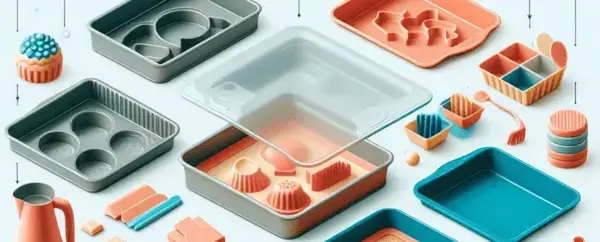
Silicone bakeware has taken the culinary world by storm, offering a versatile and convenient alternative to traditional metal or glass pans. This modern material is made of a synthetic polymer derived from silica, making it heat-resistant and non-stick, perfect for baking all kinds of treats. The flexibility of silicone makes it easy to release baked goods without the need for greasing or flouring the pan while also allowing for easy cleaning and storage.
One interesting property of silicone bakeware is its ability to distribute heat evenly, ensuring that your baked goods are cooked uniformly throughout. Additionally, its non-reactive nature makes it safe for use with acidic ingredients like lemon juice or tomato sauce without affecting the taste or quality of your food. This durable material is also freezer and microwave-safe, providing further versatility in the kitchen. Understanding the material and properties of silicone bakeware can open up new possibilities in baking and cooking techniques, making it an essential addition to any home kitchen.
How to Use Silicone Bakeware Correctly: Tips and Best Practices
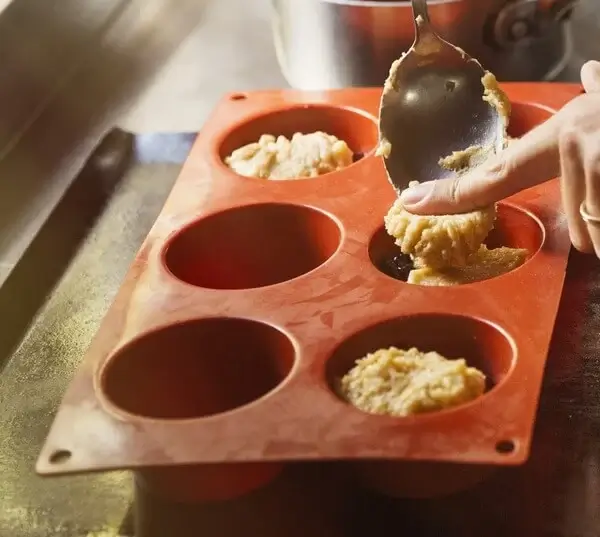
Following a few key tips and best practices when using silicone bakeware is essential to achieving the best baking results.
- Grease the silicone bakeware: Always grease or oil your silicone bakeware before using it, even though it is non-stick. This will prevent any potential sticking and make for easy release of your baked goods.
- Use a baking sheet underneath: To provide stability and prevent spillage, it’s a good idea to place your silicone bakeware on a sturdy baking sheet before putting it in the oven. This will also make it easier to remove from the oven.
- Avoid sharp utensils: Sharp utensils can damage silicone bakeware, so it’s best to use silicone, plastic, or wooden utensils when mixing or removing baked goods from the bakeware. This will help prevent scratches and damage to the silicone surface.
- Allow for cooling: When removing baked goods from silicone bakeware, allow them to cool for a few minutes before attempting to unmold them. This will help the baked goods to set and make it easier to remove them from the bakeware without sticking.
By following these simple yet crucial tips and best practices, you can maximize the benefits of using silicone bakeware and enjoy consistently delicious results with each bake.
Cleaning and Maintaining Silicone Bakeware
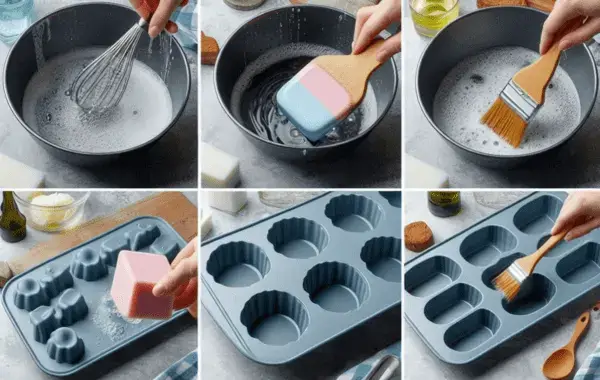
Maintaining silicone bakeware is crucial to ensure its longevity and performance. After each use, washing the bakeware in warm, soapy water is best to remove any residues or greases. Avoid using abrasive sponges or harsh cleaning agents, as they can damage the silicone material. Additionally, it’s important to thoroughly dry the bakeware before storage to prevent mold or mildew growth.
For stubborn stains or odors, a simple solution of white vinegar and water can work wonders. Leave the mixture in the bakeware for a few hours before rinsing and drying as usual. Another tip is to avoid exposing silicone bakeware to sudden extreme temperature changes, which might cause warping or damage. Storing the bakeware flat or rolled up is also recommended to maintain its shape and integrity for years of reliable use.
For safety reasons, it’s essential to regularly inspect silicone bakeware for signs of wear and tear. If any tears, cuts, or punctures are found, it’s best to replace the item promptly. By following these practical maintenance tips, you can enjoy your favorite silicone baking products for countless delectable creations with peace of mind.
Can silicone bakeware be used in the oven?
Silicone bakeware can be used in the oven. It is a versatile and convenient option for baking, as it is heat-resistant and can withstand high temperatures. However, it is important to check the manufacturer’s guidelines for the specific silicone bakeware you are using to ensure it is safe for oven use.
One of the key advantages of using silicone bakeware in the oven is its flexibility, which allows for easy removal of baked goods without greasing or parchment paper. Additionally, silicone distributes heat evenly, resulting in evenly baked treats with golden brown crusts. It is important to note that while silicone bakeware is safe for use in the oven, it is not suitable for stovetop cooking or broiling due to its heat resistance limitations.
Embracing silicone bakeware as an alternative to traditional metal or glass pans offers a range of benefits when baking. The versatility and safety of using silicone in the oven have made it a favorite among professional bakers and home chefs alike. With its ability to withstand high temperatures and produce excellent baking results, silicone bakeware continues to revolutionize the way we approach baking at home.
Baking with Silicone: Recipes and Adaptations
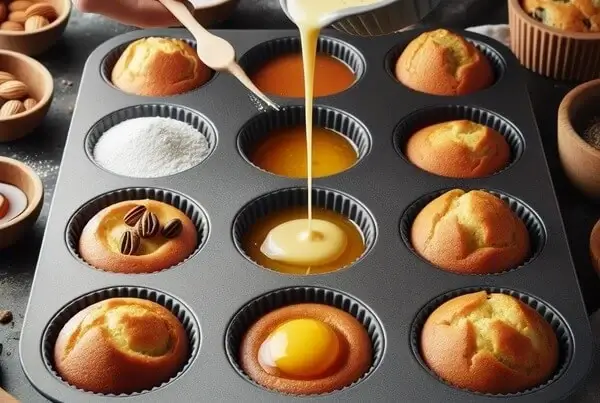
Baking with silicone bakeware has revolutionized the way we approach recipes and adaptations in the kitchen. With its non-stick properties and heat-resistant nature, silicone bakeware offers a versatile platform for creating a wide range of baked goods. From muffins and cakes to breads and even savory dishes, the flexibility and durability of silicone molds allow for easy release and hassle-free cleaning.
One exciting adaptation to traditional recipes is utilizing silicone molds for specialty-shaped treats, such as individual heart-shaped cakes or unique geometric brownies. The ease of shaping and unmolding makes experimenting with different designs an enjoyable experience for bakers of all skill levels. Furthermore, the flexibility of silicone bakeware lends itself well to creative dessert presentations, like layered mousse cakes or decorative gelatin molds.
In addition to various baking applications, silicone bakeware can also be used as a mold for homemade frozen treats, such as ice cream bars or popsicles. Its ability to withstand both hot and cold temperatures opens up a whole new world of recipe possibilities beyond traditional oven-baked confections. Whether it’s exploring different shapes or experimenting with frozen delights, using silicone bakeware introduces endless opportunities for culinary innovation in the modern kitchen.
Advantages of Silicone Bakeware: Versatility and Durability
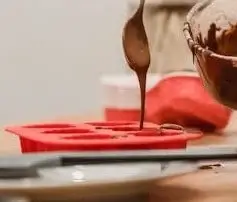
Silicone bakeware has become a popular choice for both amateur and professional bakers due to its remarkable versatility and durability. One of the key advantages of silicone bakeware is its ability to withstand high temperatures, making it perfect for baking, freezing, and microwaving. This versatile material can go from freezer to oven without a problem, allowing for a seamless transition between tasks during food preparation.
Additionally, silicone bakeware offers superior non-stick properties, ensuring easy release of baked goods without the need for excessive greasing or flouring. This not only saves time but also promotes healthier cooking by reducing the amount of added fats. Moreover, the flexibility of silicone molds allows for easy removal of cakes and pastries with intricate designs intact. Its exceptional durability means that silicone bakeware can withstand frequent use without warping or deteriorating over time. These features make it an excellent long-term investment for any kitchen enthusiast looking to elevate their baking experience.
Embracing the Ease and Efficiency of Silicone Bakeware
Silicone bakeware has revolutionized the way we approach baking, offering an unparalleled level of convenience and versatility. Its non-stick surface eliminates the need for greasing pans and makes clean-up a breeze, saving precious time and effort in the kitchen. The flexible nature of silicone molds also allows for easy removal of baked goods, ensuring that delicate items like cupcakes and muffins maintain their shapes flawlessly.
Moreover, silicone bakeware’s heat resistance and durability make it a practical choice for both novice bakers and seasoned professionals. From bread loaves to intricate cake designs, these molds can handle a wide range of recipes with ease. The ability to withstand high temperatures makes silicone bakeware ideal for use in microwave ovens as well, expanding its utility beyond traditional baking methods. Embracing silicone bakeware streamlines the baking process and opens up new possibilities for creativity and culinary exploration.
Conclusions
Silicone bakeware offers a versatile and convenient alternative to traditional metal or glass pans. Its non-stick properties, easy cleaning, and flexibility make it an excellent choice for various baking needs. By following the proper care and usage instructions, you can ensure the longevity and effectiveness of your silicone bakeware. Whether you’re a seasoned baker or just starting, incorporating silicone bakeware into your kitchen arsenal can streamline your baking process and elevate your culinary creations. So why not give it a try and experience the benefits of using silicone bakeware for yourself? You may also check out the raw chicken sausage recipe in air fryer.

